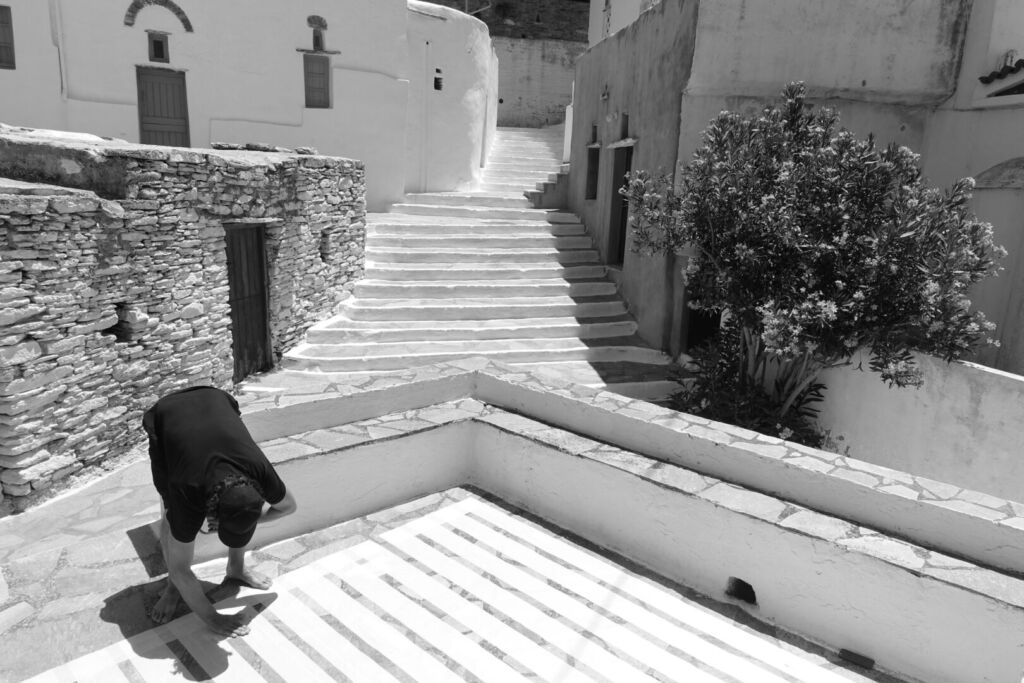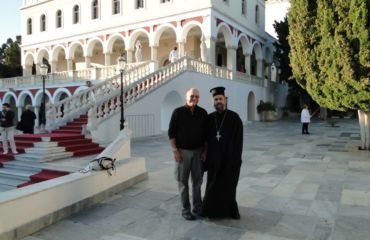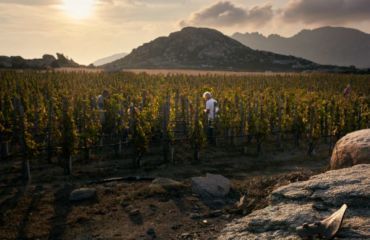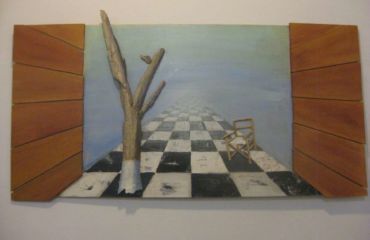If you can discover the words in each of his shapes, then L’atlas is particularly chatty.
He creates with perfectly clean forms and symmetry, as a poet writes a poem. It is no coincidence that he is the only artist who, instead of studying art history, studied calligraphy. Ladies and gentlemen, Jules Dedet brings some of his Parisian air to our magazine.
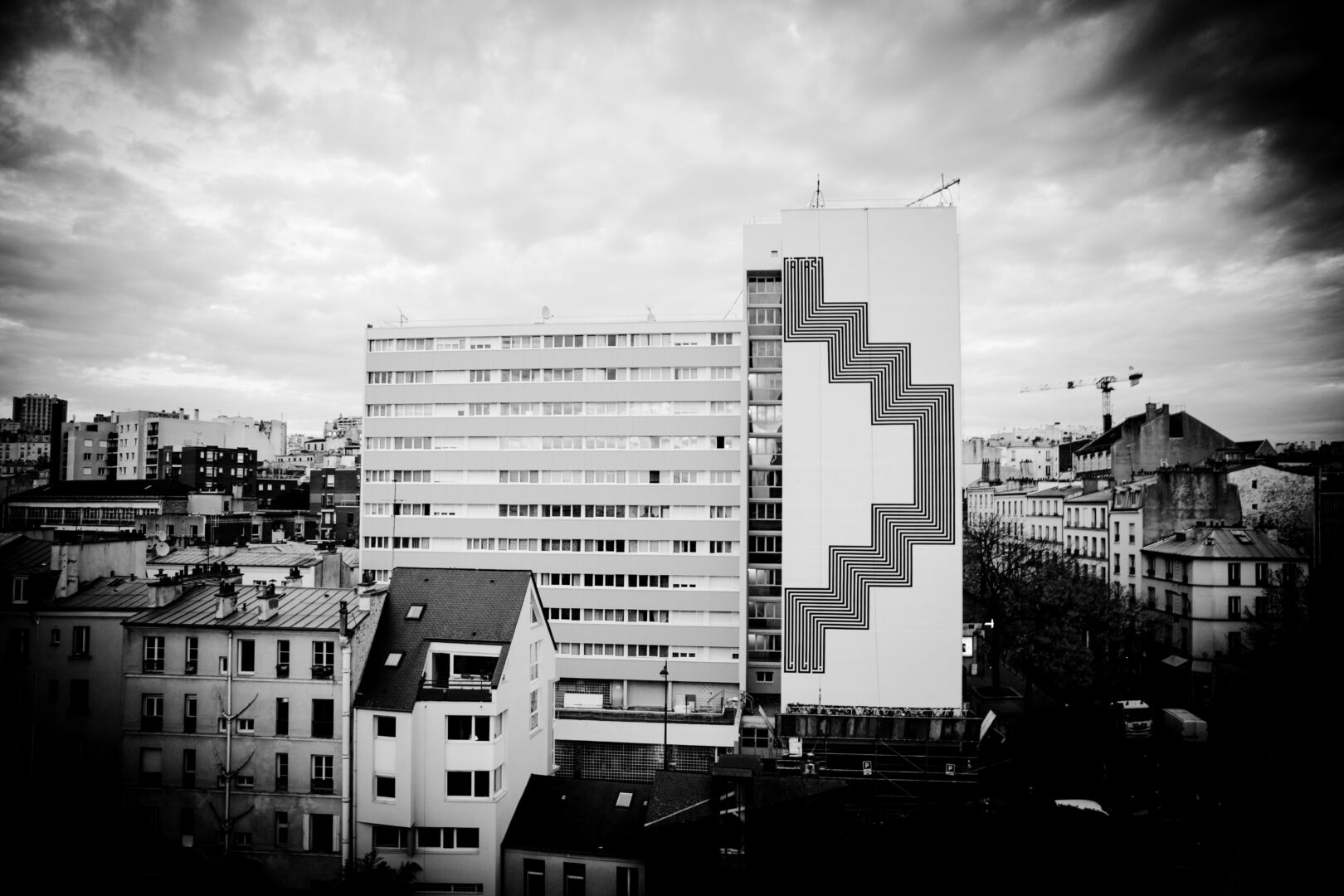
By Poppy Kouzoupi
TINOS ABOUT: You were born in France and I assume that’s where you finished school. When do you remember yourself finding interest in shapes and words?
L’atlas: is I grew up in Paris in the 80s / 90s following the arrival of hip hop culture in France. It is in this way that I became interested in Graffiti then in calligraphy. My first relationship with the letter and painting date from my early childhood: my paternal grandfather was friends with Jean Cortot (one of the first painters to introduce the letter in pure painting in the 60s) this is how I was able to admire his paintings and be influenced by the idea of his work.
T.ab: What led you to study calligraphy in so many different countries?
LS: I first studied on my own then I traveled to different countries like Morocco, Egypt, Syria then China and Japan.
I stayed several months each time to meet, filming and receive the knowledge of different master calligraphers in each of its countries. His travels took place between 1999 and 2007.
I have always wanted to fit the history of the Letter into the History of Art, this is the fundamental struggle of my pictorial work.
Give calligraphy its letters of nobility!
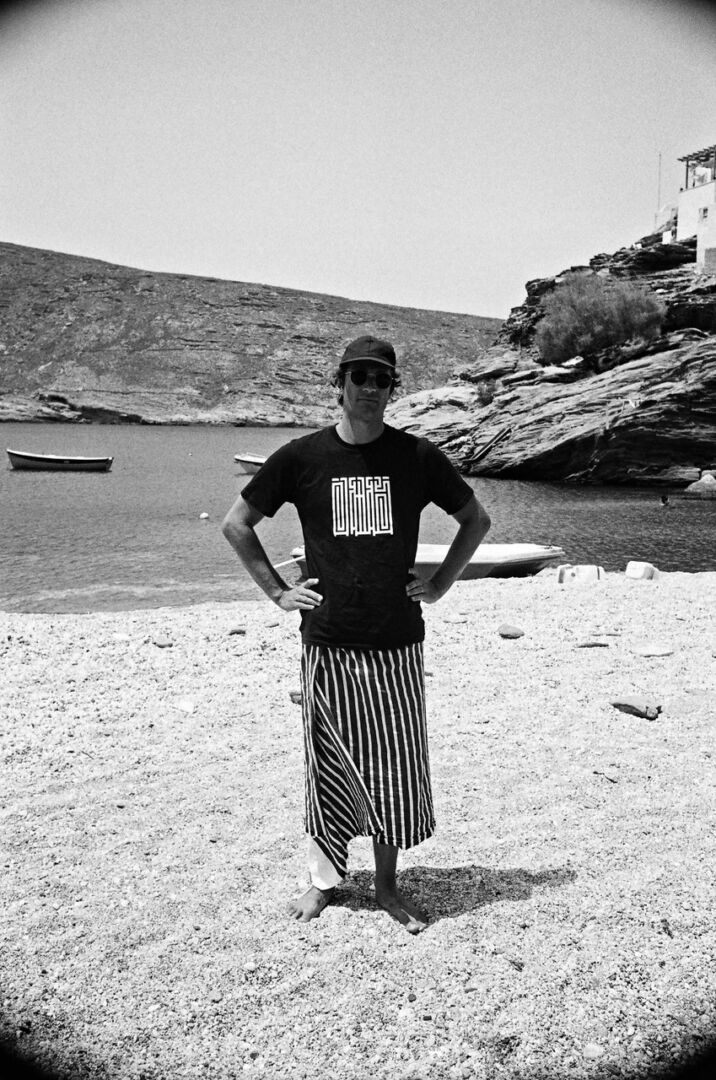
T.ab: We all know that words hide a power. Tell us a little about how you see the shapes, since your works are the perfect balance of both.
LS: I first studied on my own then I traveled to different countries like Morocco, Egypt, Syria then China and Japan. I stayed several months each time to meet, film and receive the knowledge of different master calligraphers in each of its countries. So that’s how I learn to understand the power of letters and words. This is where I understood that the void in a creation is as important as the full, the eye also reads white at the same time as it reads black.
T.ab: In our country the labyrinth is closely interwoven with Daedalus and Greek mythology. What does the labyrinth mean to you and it is the main motif in most of your works?
LS: My designs are not labyrinths, they are either fully closed or fully open. My designs are cryptograms, hidden writings inspired by the Arabic Geometric Kufi transposed into the Latin alphabet, a kind of graphic Esperanto.
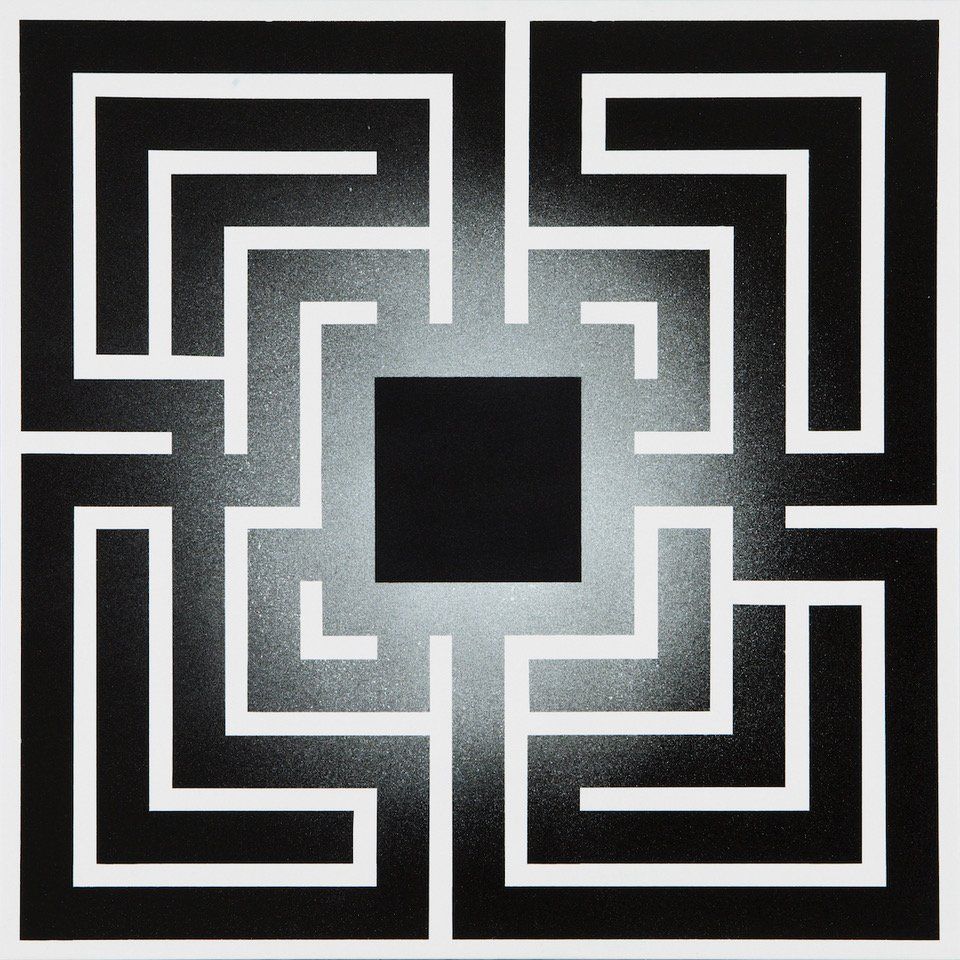
T.ab: Your journey from your first work to the creations we saw at the George Pompidou Centre, the Place du Capitole and New York, obviously wasn’t just paved with rose petals. How much work did it take to get this far?
LS: I was marked by land art long before the existence of Street Art. When I was little I saw the works of Cristo which marked me for life. The idea of these ephemeral interventions on the ground is to transform a place into a state of mind.
T.ab: What would you say should be the gifts or supplies that a child who starts today to deal with art should have, especially in such a fluid world as the one in which we live?
LS: It doesn’t matter what time a person was born in.
To succeed in creating a work you have to develop your imagination according to your sensitivity and then demonstrate an extraordinary power of intention during all your life long.
T.ab: Tell us a little about your relationship with Greece.
LS: The first time I went to Greece I was less than a year old… The second time I was 40 years old and it was for a biennial in Tinos in which I was invited to paint works in situ in the village of Muntados, which can still be seen today. Afterwards, I returned there several times to work on a project for a sculptural marble with a sculptor in Tynos.
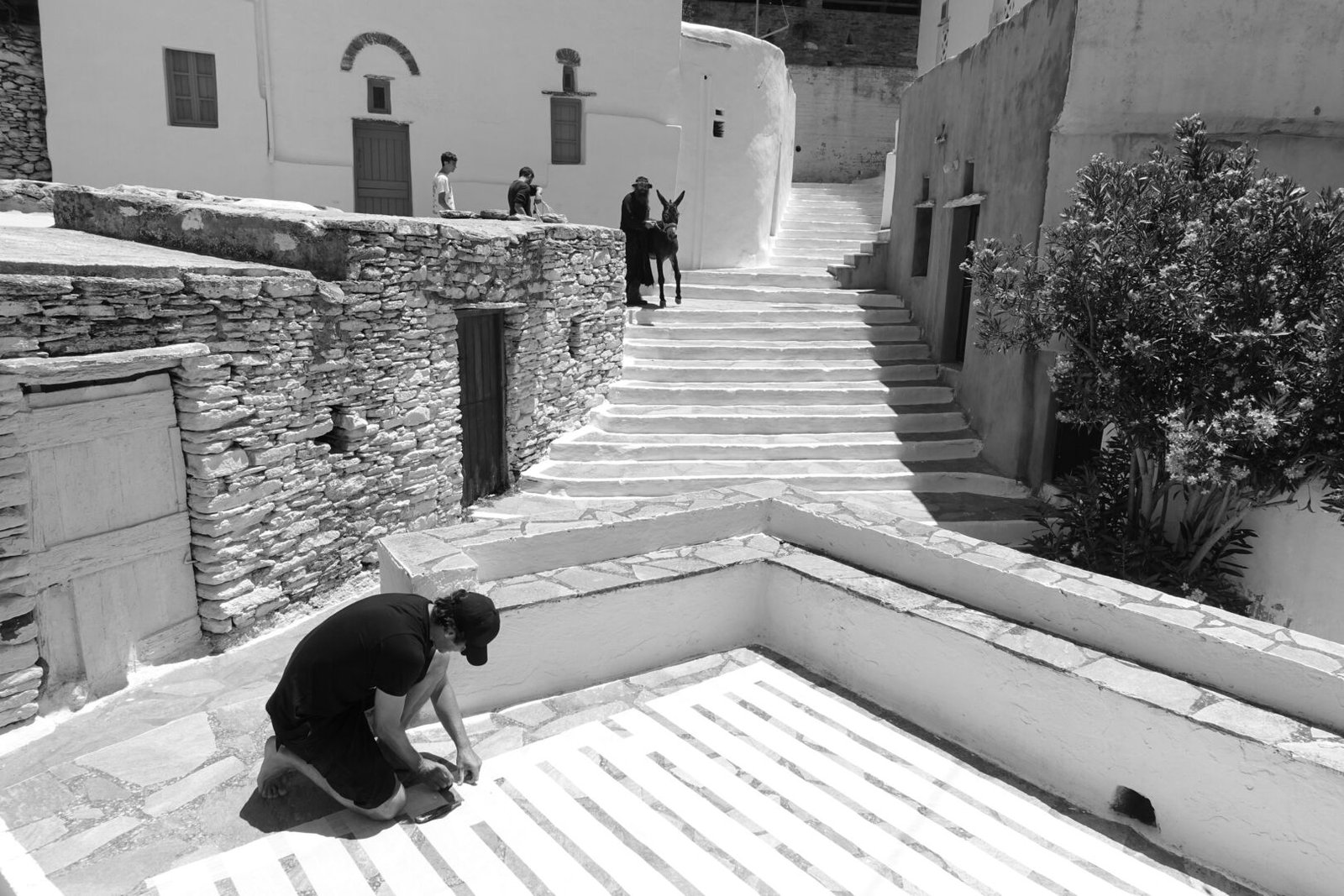
T.ab: An effort to promote art through the collaboration of European artists has long been launched in Tinos. How does a proposal like that, of coming to create on a Greek island of the Cyclades, inspire you?
LS: Greek villages are painted white and I have been painting white for 20 years. White is the color of infinity, of limitlessness. Greek thought is the basis of our civilization and continues to evolve.The Greeks have a way of life that neither the economic or health crises will be able to take from them. We should all live like Greeks.When I painted with lime on the floor of Muntados, I had the impression that my works had always been there, since the birth of the village.It was like coming back to my lost roots.
Coming to Greece gave me a new lease of life and new ideas, such as the “Eternal signs” marble relief series. I also made a series of canvases with the brushes that are used to paint houses with Lime. I would love to be able to create a large-scale installation on an island, in which the people can walk…
T.ab: Would you like to tell us what led you to create the work you dedicated to the magazine for our cover?
LS: It’s the reproduction of a Canvas I did call Cosmic Compas. I don’t why but when I look after it, it’s remind me Greece maybe because oh the labyrinth of Thésée.
T.ab: Our readers will be happy to know about your next steps and future plans. Tell us some of them.
LS: The way is underfoot.
L’atlas’ work is available here.

 Ελληνικά
Ελληνικά 